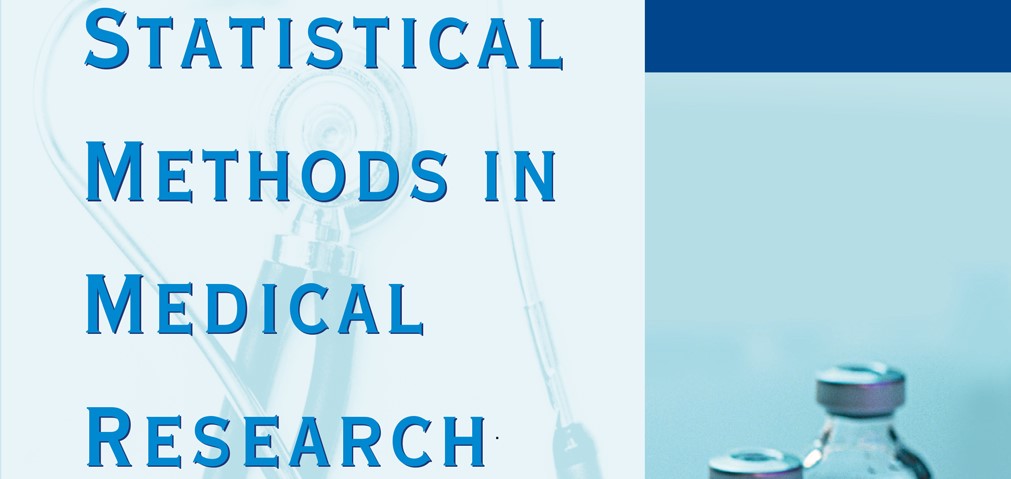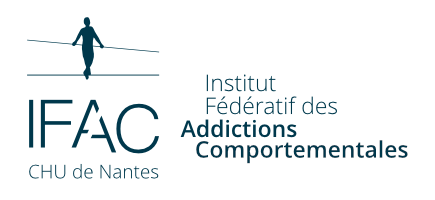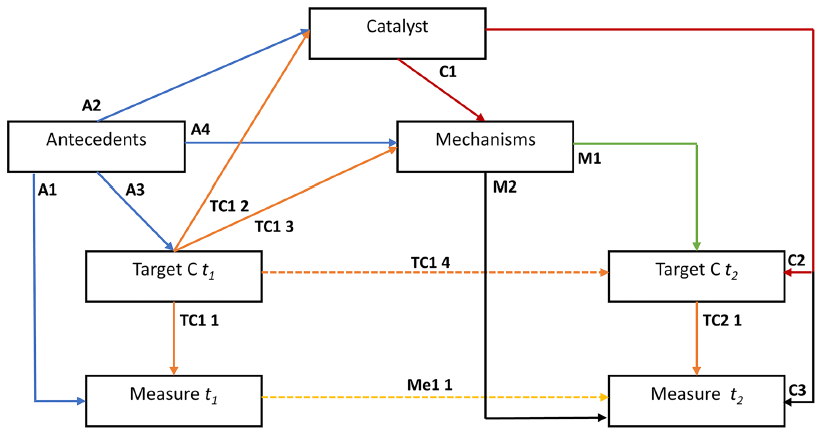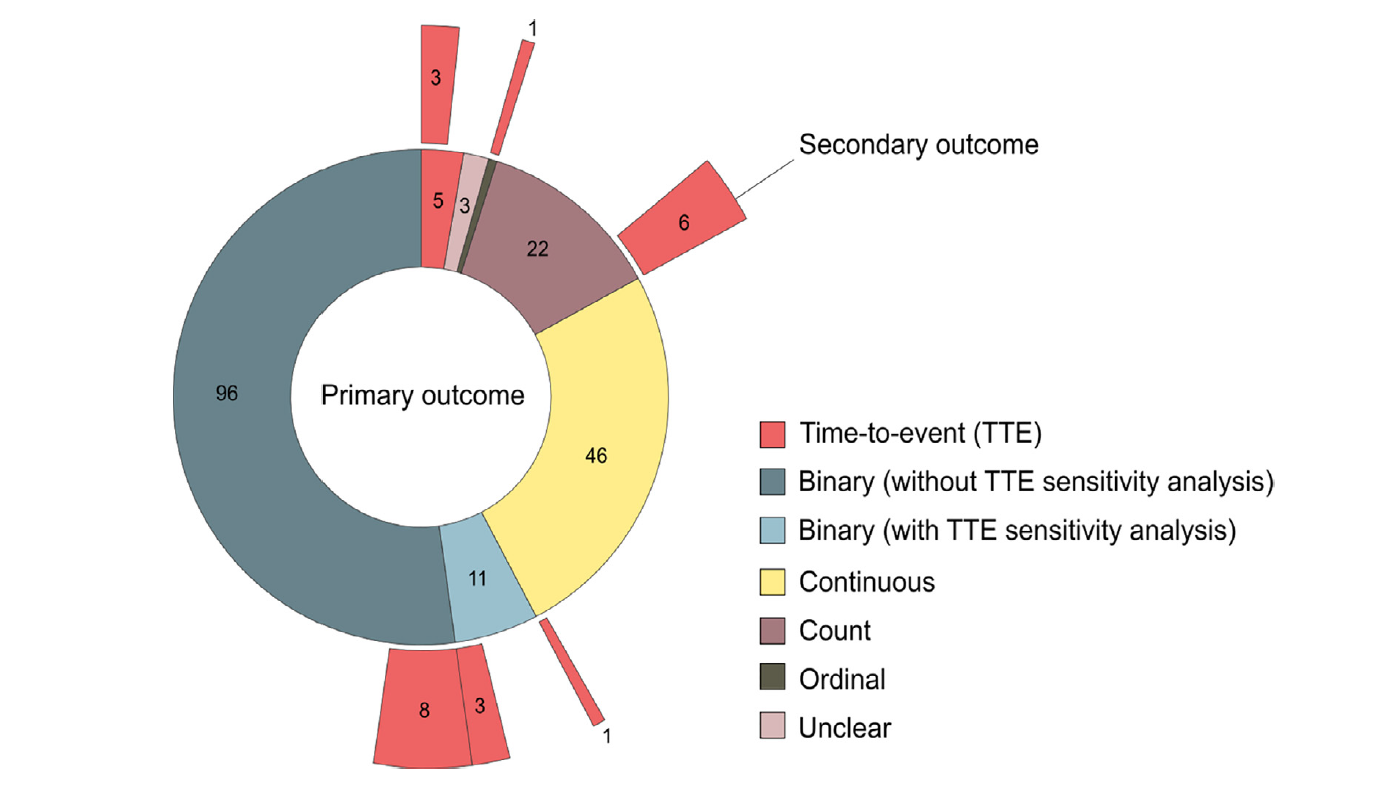
Restricted mean survival time to estimate an intervention effect in a cluster randomized trial
For time-to-event outcomes, the difference in restricted mean survival time is a measure of the intervention effect, an alternative to the hazard ratio, corresponding to the expected survival duration gain due to the intervention up to a predefined time t*. We extended two existing approaches of restricted mean survival time estimation for independent data to clustered data in the framework of cluster randomized trials: one based on the direct integration of Kaplan-Meier curves and the other based on pseudo-values regression. Then, we conducted a simulation study to assess and compare the statistical performance of the proposed methods, varying the number and size of clusters, the degree of clustering, and the magnitude of the intervention effect under proportional and non-proportional hazards assumption.
Enhancing Emotional Skills of Managers to Support the Return to Work of Cancer Survivors: A Research Opinion Focusing on Value, Feasibility and Challenges
Posttraumatic growth inventory: challenges with its validation among French cancer patients
Heterogeneity in pragmatic randomised trials: sources and management

Impact of wagering inducements on the gambling behaviors of online gamblers: a longitudinal study based on gambling tracking data
Aims. To estimate whether the use of wagering inducements has a significant impact on the gambling behaviors of online gamblers and describe this temporal relation under naturalistic conditions. Design. This longitudinal observational study is part of the second stage of the Screening for Excessive Gambling Behaviors on the Internet (EDEIN) research program. Setting. Gambling tracking data from the French national online gambling authority (poker, horse race betting and sports betting) and from the French national lottery operator (lotteries and scratch games). Participants. A total of 9306 gamblers who played poker, horse race or sports betting and 5682 gamblers who played lotteries and scratch games completed an online survey. The gender ratio was largely male (around 90% for poker, horse race betting and sports betting and 65% for lotteries). Median age ranged from 35 (sports betting) to 53 (horse race betting and lotteries). Measurements. The survey used the Problem Gambling Severity Index (PGSI) to determine the status of the gamblers (at-risk or not). Gambling tracking data included weekly gambling intensity (wagers, deposits), gambling frequency (number of gambling days), proxies of at-risk gambling behaviors (chasing and breadth of involvement), and use of wagering inducements. Findings Use of wagering inducements was associated with an increase of gambling intensity (β between -0.06 [-0.08;-0.05] and 0.57 [0.54;0.60]), gambling frequency (β between 0.12 [0.10;0.18] and 0.29 [0.28;0.31]), and at-risk gambling behaviors (odds ratio between 1.32 [1.16;1.50] and 4.82 [4.61;5.05]) at the same week of their use. This effect was stronger for at-risk gambling behaviors and at-risk gamblers. Conclusions. Wagering inducements may represent a risk factor for developing or exacerbating gambling problems.
gambling tracking data, online gamblingAssociation of intracluster correlation measures with outcome prevalence for binary outcomes in cluster randomised trials

Response shift in patient‑reported outcomes: definition, theory, and a revised model
This work is part of an international initiative: the Response Shift - in Sync Working Group.
Purpose The extant response shift definitions and theoretical response shift models, while helpful, also introduce predicaments
and theoretical debates continue. To address these predicaments and stimulate empirical research, we propose a more
specific formal definition of response shift and a revised theoretical model.
Methods This work is an international collaborative effort and involved a critical assessment of the literature.
Results Three main predicaments were identified. First, the formal definitions of response shift need further specification
and clarification. Second, previous models were focused on explaining change in the construct intended to be measured
rather than explaining the construct at multiple time points and neglected the importance of using at least two time points
to investigate response shift. Third, extant models do not explicitly distinguish the measure from the construct. Here we
define response shift as an effect occurring whenever observed change (e.g., change in patient-reported outcome measures
(PROM) scores) is not fully explained by target change (i.e., change in the construct intended to be measured). The revised
model distinguishes the measure (e.g., PROM) from the underlying target construct (e.g., quality of life) at two time points.
The major plausible paths are delineated, and the underlying assumptions of this model are explicated.
Conclusion It is our hope that this refined definition and model are useful in the further development of response shift theory.
The model with its explicit list of assumptions and hypothesized relationships lends itself for critical, empirical examination.
Future studies are needed to empirically test the assumptions and hypothesized relationships.

Critical examination of current response shift methods and proposal for advancing new methods
This work is part of an international initiative : The Response Shift - in Sync Working Group.
Purpose This work is part of an international, interdisciplinary initiative to synthesize research on response shift in results
of patient-reported outcome measures. The objective is to critically examine current response shift methods. We additionally
propose advancing new methods that address the limitations of extant methods.
Methods Based on literature reviews, this critical examination comprises design-based, qualitative, individualized, and
preference-based methods, latent variable models, and other statistical methods. We critically appraised their definition,
operationalization, the type of response shift they can detect, whether they can adjust for and explain response shift, their
assumptions, and alternative explanations. Overall limitations requiring new methods were identified.
Results We examined 11 methods that aim to operationalize response shift, by assessing change in the meaning of one’s
self-evaluation. Six of these methods distinguish between change in observed measurements (observed change) and change in
the construct that was intended to be measured (target change). The methods use either (sub)group-based or individual-level
analysis, or a combination. All methods have underlying assumptions to be met and alternative explanations for the inferred
response shift effects. We highlighted the need to address the interpretation of the results as response shift and proposed
advancing new methods handling individual variation in change over time and multiple time points.
Conclusion No single response shift method is optimal; each method has strengths and limitations. Additionally, extra steps
need to be taken to correctly interpret the results. Advancing new methods and conducting computer simulation studies that
compare methods are recommended to move response shift research forward.

Methodological review showed that time-to-event outcomes are often inadequately handled in cluster randomized trials
Objectives: To estimate the prevalence of time-to-event (TTE) outcomes in cluster randomized trials (CRTs) and to examine their
statistical management.
Study design and setting: We searched PubMed to identify primary reports of CRTs published in six major general medical journals
(2013–2018). Nature of outcomes and, for TTE outcomes, statistical methods for sample size, analysis, and measures of intracluster
correlation were extracted.
Results: A TTE analysis was used in 17% of the CRTs (32/184) either as a primary or secondary outcome analysis, or in a sensitivity
analysis. Among the five CRTs with a TTE primary outcome, two accounted for both intracluster correlation and the TTE nature of the
outcome in sample size calculation; one reported a measure of intracluster correlation in the analysis. Among the 32 CRTs with a least
one TTE analysis, 44% (14/32) accounted for clustering in all TTE analyses. We identified 12 additional CRTs in which there was at
least one outcome not analyzed as TTE for which a TTE analysis might have been preferred.
Conclusion: TTE outcomes are not uncommon in CRTs but appropriate statistical methods are infrequently used. Our results suggest
that further methodological development and explicit recommendations for TTE outcomes in CRTs are needed.
 @Sphere_U1246
@Sphere_U1246